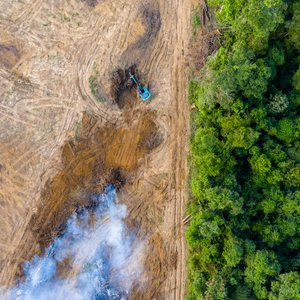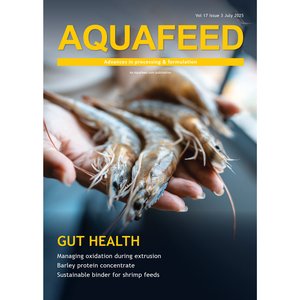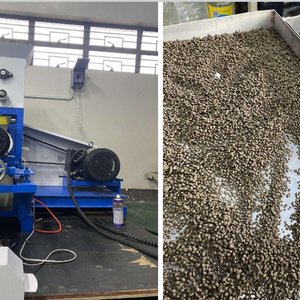dsm-firmenich has released the latest results of the World Mycotoxin Survey from January to September 2023.
Until September, the World Mycotoxin Survey collected 16,587 samples from 86 countries around the world. The results concluded that Fusarium mycotoxins fumonisins, deoxynivalenol and zearalenone are most frequently found in North and Central America, Sub-Saharan Africa, South Asia, China and Taiwan.
North American livestock is at high risk of deoxynivalenol (DON) exposure, with a concentration of 75%. There is also a high risk of fumonisins (FUM) and zearalenone (ZEN) contamination, at 53% and 55% prevalence.
The main threat in South Asia is aflatoxins, with 75% prevalence, whereas, in the China/Taiwan region FUM, DON and ZEN were frequently found, at 91%, 80% and 74% respectively.
Livestock in the Sub-Saharan region is mostly challenged by DON, but also aflatoxins concentrations are increased.
“Mycotoxins are a continuous threat to animal health, with adverse effects impacting reproduction, digestive disorders and performance. The latest results reveal that mycotoxins continue to pose a global threat to animal welfare and farm productivity, highlighting the importance of implementing the right mycotoxin management strategy,” stated Ursula Hofstetter, head of Mycotoxin Risk Management at dsm-firmenich.
Download dsm-firmenich World Mycotoxin Survey from January to September here.










